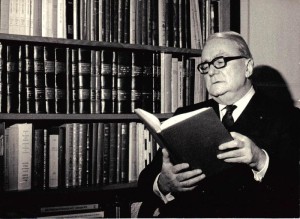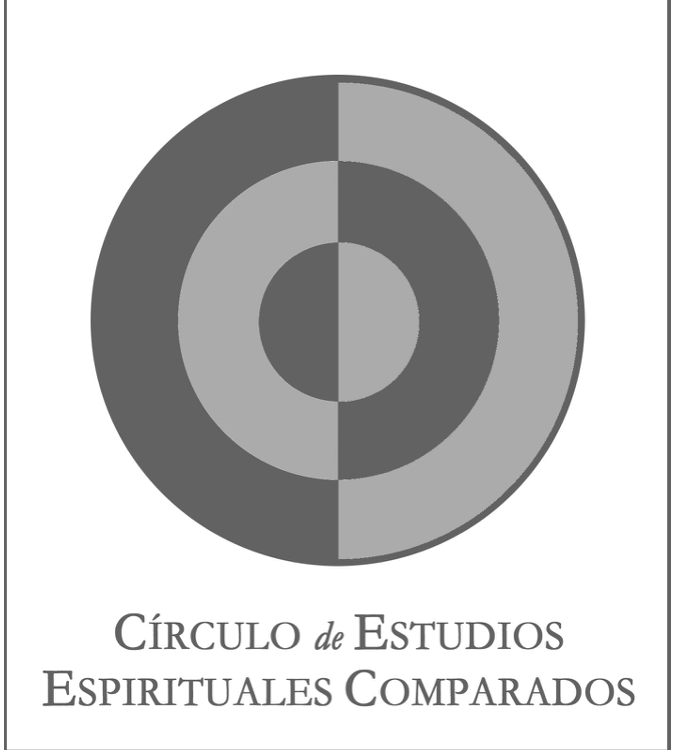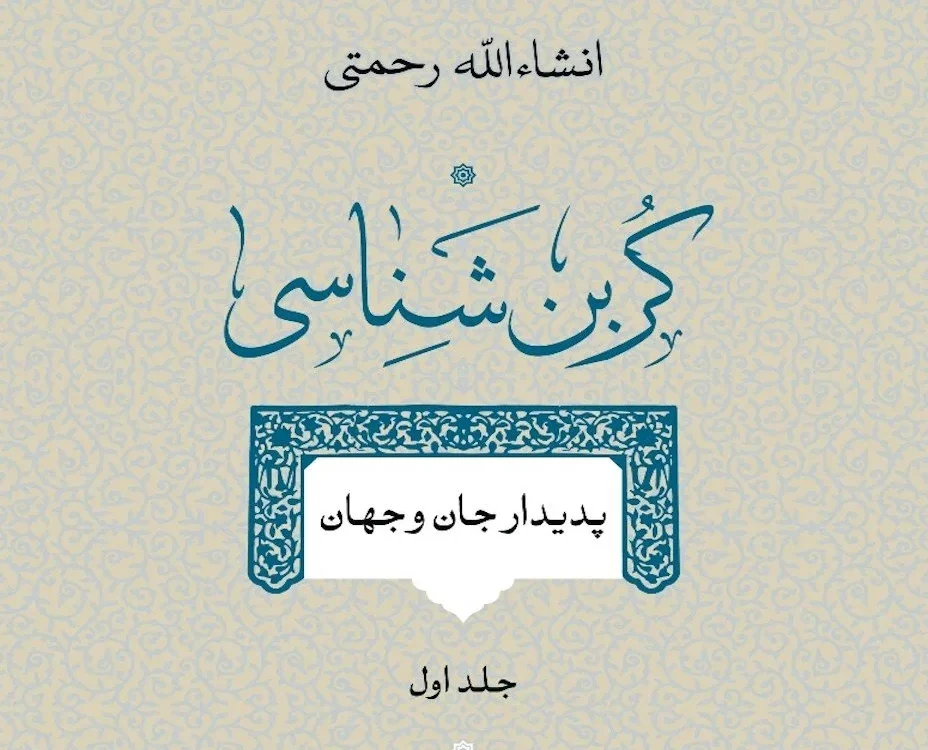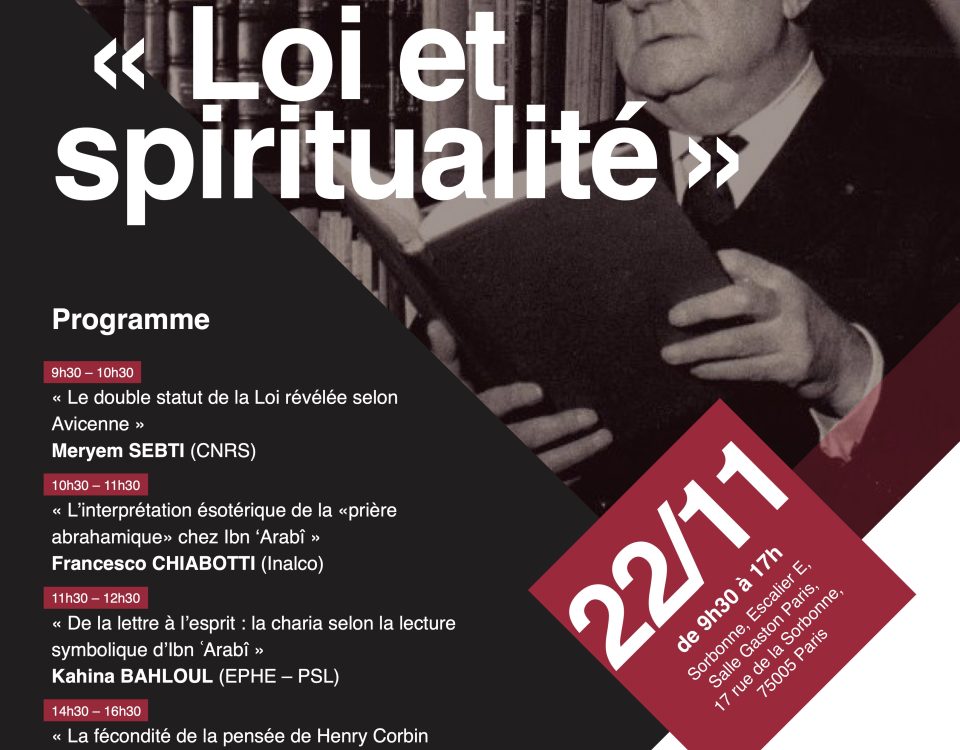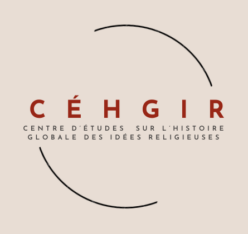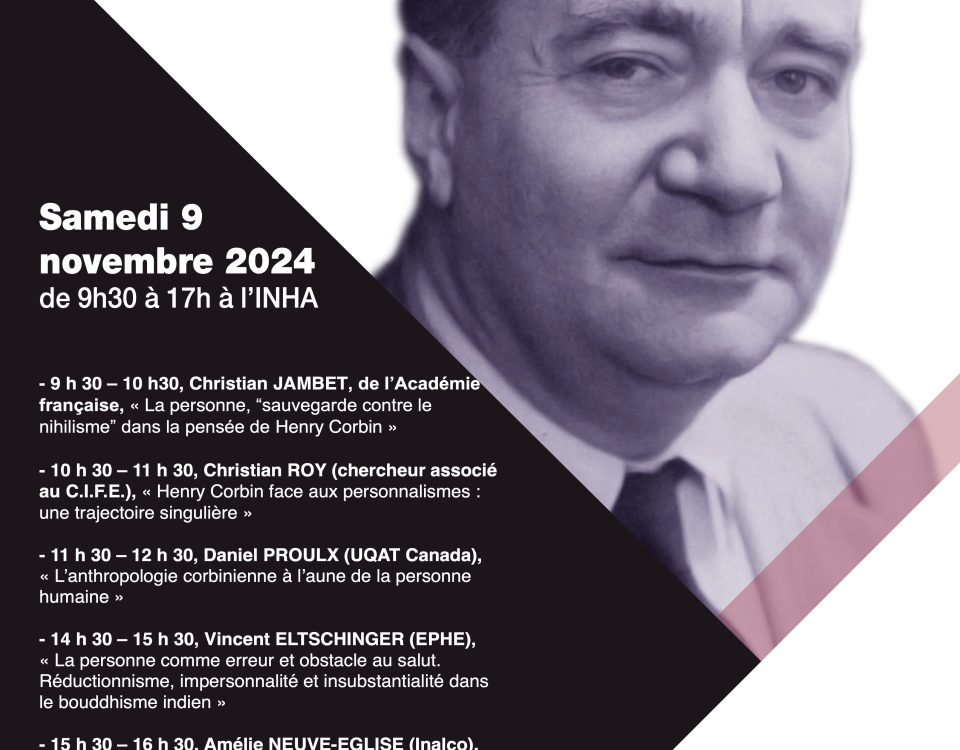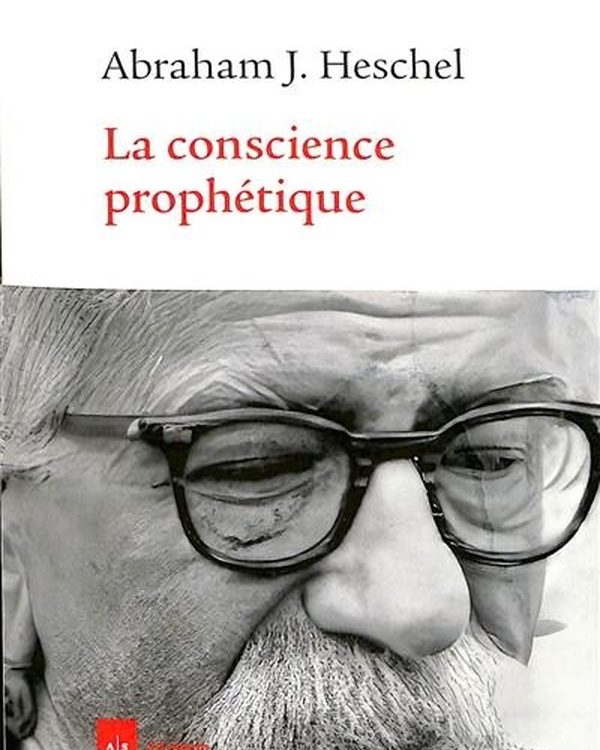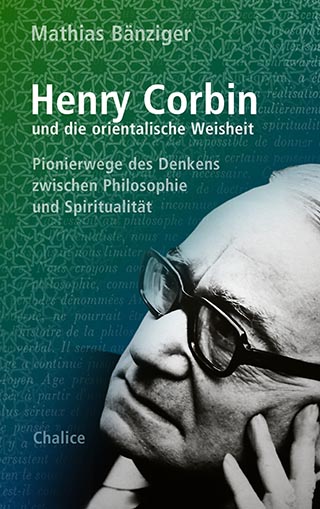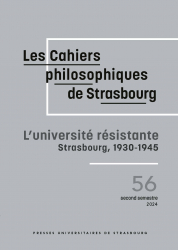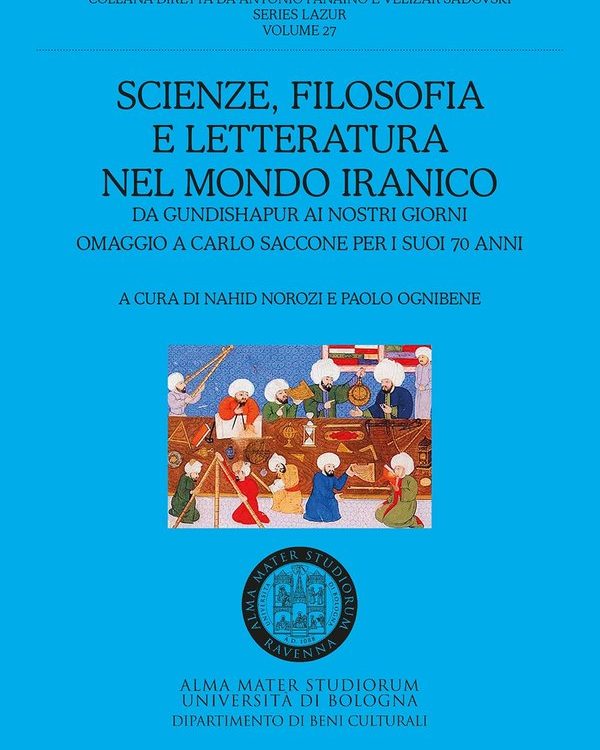Official website of the Association des Amis de Henry et Stella Corbin
Henry Corbin (1903-1978) - Stella Corbin (1910-2003)
Orientalist and philosopher, Corbin is one of the most prominent thinkers of the twentieth century. Discipleof Etienne Gilson and Louis Massignon, whom he succeeded in the chair for the Study of Islam at the Ecole Pratique des Hautes Etudes at the Sorbonne, he was also one of the fundamental pillars - with CG Jung and M. Eliade, among others - of the Eranos Circle from 1949 to 1977, Director of the department of iranology of the Franco-Iranian Institute of Tehran from 1946 to 1970, professor for more than thirty years at the University of Tehran and a founding member of the University of Saint John of Jerusalem.
Henry Corbin opened the eyes of the West, about the existence of a completely unknown world: the deep spirituality of the great mystics and Shiite philosophy developed in East Muslim world, particularly in Iran, after the death Averroes. His work centered on the Islamic knowledge and spirituality, but developed in the context of the three monotheistic religions, has a considerable number of studies on rituals, as well as translations and editions of ancient unpublished Arabic and Persian texts, that he recovered himself patiently in the libraries of Turkey and Iran.
Recent news
XXI Encuentro del Círculo de Estudios Espirituales Comparados : Henry Corbin
El XXI Encuentro del Círculo de Estudios Espirituales Comparados se llevará a cabo del 6 al 8 de diciembre de 2025 en Arenas de San Pedro, Ávila. El programa incluye conferencias sobre Henry Corbin, el chiismo y sunismo, e íconos en el pensamiento islámico. La inscripción cuesta 175 €, con tarifa reducida para estudiantes.Entre l’âme et le monde : Dialogue philosophique irano-français autour d’Henry Corbin et de son héritage
Mardi 4 novembre 2025, de 18h00 à 19h30. Le premier volume de la série Corbinologie, intitulé « Phénoménologie de l’âme et du monde », vient d’être publié en Iran. Ensha’allah Rahmati, accompagné du professeur Matthieu Terrier, présentera ce livre qui explore les liens entre l’âme et le cosmos, fruit de plus de vingt ans de travail sur la pensée d'Henry Corbin.Journée Henry Corbin 2025
Samedi 22 novembre 2025 de 9 h 30 à 17 h 00 à Sorbonne, salle Gaston Paris. Henry Corbin a souvent souligné la nécessité de garder l’équilibre entre le discours exotérique, la Loi (zâhir) et l’élucidation ésotérique (bâtin) tel que la professent les auteurs musulmans. C’est à approfondir ce rapport entre le zâhir et le bâtin que sera consacrée la matinée de la journée du 22 novembre. L’après-midi, un atelier proposera des échanges entre plusieurs chercheurs, qui témoigneront de l’actualité de la pensée de Corbin pour la recherche contemporaine.Pierre Lory (EPHE) : « Spiritualité comparée dans l’œuvre de Henry Corbin. »
Le CEHGIR organise une conférence intitulée « Spiritualité comparée dans l’œuvre de Henry Corbin » par Pierre Lory (EPHE). L'événement se déroulera le 3 février de 17h à 19h au 83 boulevard Arago, amphithéâtre. Plus d'informations sur le site du CEHGIR.Journée Henry Corbin 2024
19e Journée Henry Corbin : La personne humaine. Samedi 9 novembre 2024 de 9h30 à 17h00 à l’amphithéâtre de l’INHA 2 rue Vivienne, 75002 Paris Diffusion en ligne simultanée
New publications
Heschel, La conscience prophétique ; Pathos est Ethos
L'essai d'Abraham J. Heschel sur la prophétie, traduit par Henry Corbin, soutient que le phénomène prophétique émerge de l'implication de Dieu dans la condition humaine. Le prophète, en ressentant le pathos divin, acquiert une conscience prophétique, expérimentant l'humanité à travers l'engagement de Dieu, redéfinissant le lien entre humanité et divinité.Henry Corbin’s Oriental Philosophy and Iranian Nativist Ideologies
Ahmad Bostani is an assistant professor in Islamic and comparative political theory and the head of the Political Science Department at Kharazmi University, Tehran. He holds […]Henry Corbin und die orientalische Weisheit : Publication of the first German-language monograph by Mathias Bänziger
Mathias Bänziger published in May 2025 an 852-page monograph on Henry Corbin, examining his role as both philosopher and mystic, as well as his influence on comparative philosophy and the Oriental traditions. The volume traces Corbin’s intellectual trajectory and mystical legacy, illuminating his spiritual quest and underscoring the centrality of the imaginal.Henry Corbin au Congrès Descartes (1937) et la conception heideggérienne de l’histoire
Que Heidegger ait finalement été absent lors du neuvième Congrès international de philosophie, en 1937, alors qu’il y avait été invité, n’offre pas seulement matière à une investigation biographique et sociologique sur la pratique de la philosophie dans l’entre-deux-guerres. Il y a également là un détail instructif pour la compréhension de la réception de Heidegger en France et pour celle de l’évolution de la pensée heideggérienne. Deux trajectoires se croisent et sont examinées ici : celle d’Henry Corbin, qui fait office de représentant de la pensée heideggérienne lors du Congrès, et celle de Heidegger, dont la position philosophique, notamment sur l’histoire, se transforme substantiellement à cette époque.Henry Corbin e ʿAllāmah Ṭabātabāʾī: Dialogo filosofico tra Oriente e Occidente in terra di Persia
Fabio TIDDIA, « Henry Corbin e ʿAllāmah Ṭabātabāʾī », dans Scienze, filosofia e letteratura nel mondo iranico. Milano, Mimesis.
